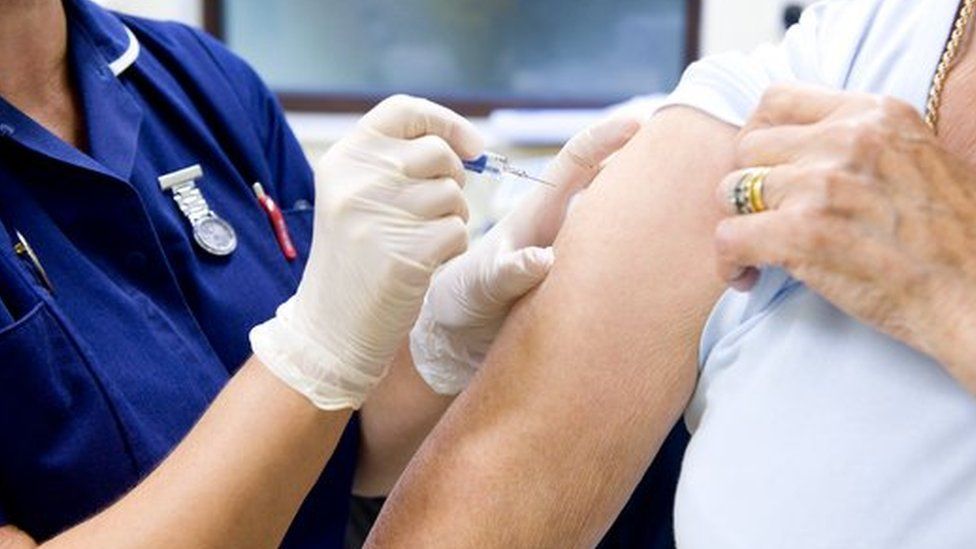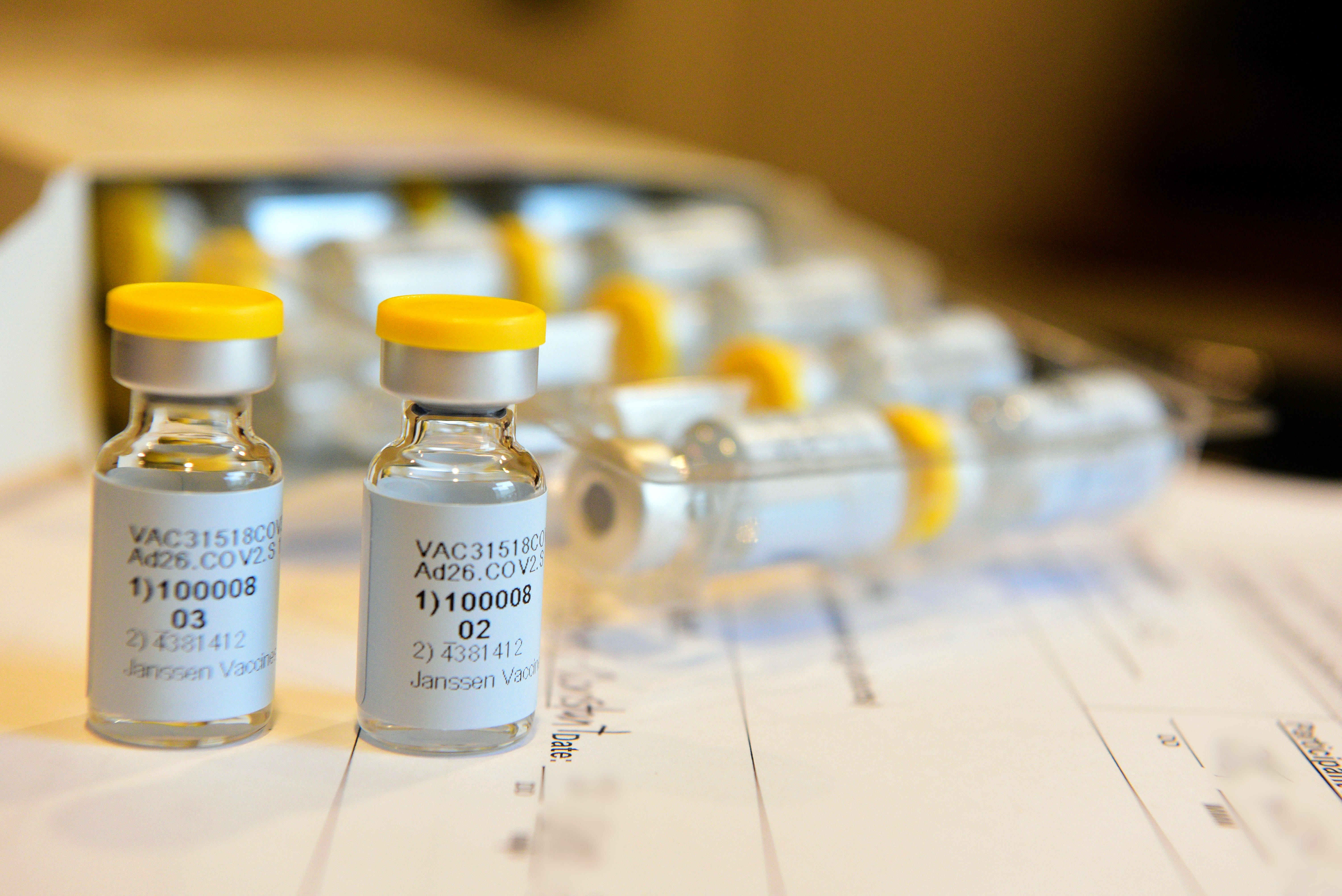

Seasonal influenza is responsible for 290,000–650,000 deaths per year due to respiratory diseases alone and 3–5 million cases of severe illness worldwide 1, 2, 3. These distinct structural features and purity of the recombinant HA vaccine thus provide a number of benefits in vaccine performance which can be extended to other viral targets, such as for COVID-19. Furthermore, the presence of uniform compact HA oligomers and absence of egg proteins, viral RNA or process impurities, typically found in conventional vaccines, are expected to eliminate potential adverse reactions to these components in susceptible individuals with the use of RIV4. The absence of protease-driven cleavage and addition of simple N-linked glycans help to preserve and expose certain conserved epitopes on HA molecules, which are likely responsible for the high levels of broadly cross-reactive and protective antibodies with rare specificities observed with RIV4. In addition to the sequence integrity, characteristic of recombinant proteins, unique post-translational processing of the rHA in insect cells instills favourable tertiary and quaternary structural features. We describe how the unique structural features of rHA in RIV4 improve protective immune responses compared to conventional influenza vaccines made from propagated influenza virus. Among these, the recombinant influenza vaccine tetravalent (RIV4), using a baculovirus expression vector system to express recombinant haemagglutinin (rHA) in insect cells, is the only one to have reached the market and has been studied extensively.

In children 5 through 17 years of age, the most common solicited systemic adverse reactions were muscle aches, fatigue, headache, arthralgia, and gastrointestinal symptoms.The influenza vaccine field has been constantly evolving to improve the speed, scalability, and flexibility of manufacturing, and to improve the breadth and longevity of the protective immune response across age groups, giving rise to an array of next generation vaccines in development. In children 3 through 4 years of age, the most common solicited systemic adverse reactions were irritability, drowsiness, and loss of appetite. In children 3 through 17 years of age, the most common solicited local adverse reaction was pain. In children 6 through 35 months of age, the most common solicited local adverse reaction was pain and the most common solicited systemic adverse reactions were irritability, drowsiness, and loss of appetite. In clinical trials with FLULAVAL QUADRIVALENT in adults, the most common solicited local adverse reaction was pain and the most common solicited systemic adverse reactions were muscle aches, headache, fatigue, and arthralgia.

(See Adverse Reactions section of the Prescribing Information for FLUARIX QUADRIVALENT for other potential adverse reactions and events)

In children 6 through 17 years of age, the most common systemic adverse reactions were fatigue, muscle aches, headache, arthralgia, and gastrointestinal symptoms. In children 3 through 5 years of age, the most common systemic adverse reactions were drowsiness, irritability, and loss of appetite. In children 3 through 17 years of age, the solicited local adverse reactions were pain, redness, and swelling. In children 6 through 35 months of age, the most common solicited local adverse reactions were pain and redness and the most common systemic adverse reactions were irritability, loss of appetite, and drowsiness. In clinical trials with FLUARIX QUADRIVALENT in adults, the most common solicited local adverse reaction was pain and the most common systemic adverse reactions were muscle aches, headache, and fatigue. If FLUARIX QUADRIVALENT or FLULAVAL QUADRIVALENT is administered to immunosuppressed persons, including individuals receiving immunosuppressive therapy, the immune response may be lower than in immunocompetent persons Procedures should be in place to avoid falling injury and to restore cerebral perfusion following syncope Syncope (fainting) can occur in association with administration of injectable vaccines, including FLUARIX QUADRIVALENT and FLULAVAL QUADRIVALENT. If Guillain-Barré syndrome has occurred within 6 weeks of receipt of a prior influenza vaccine, the decision to give FLUARIX QUADRIVALENT or FLULAVAL QUADRIVALENT should be based on careful consideration of the potential benefits and risks Do not administer FLUARIX QUADRIVALENT or FLULAVAL QUADRIVALENT to anyone with a history of severe allergic reactions (eg, anaphylaxis) to any component of the vaccine, including egg protein, or following a previous dose of any influenza vaccine


 0 kommentar(er)
0 kommentar(er)
